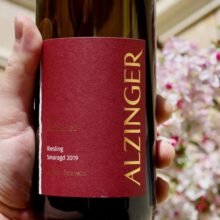
Product information
Alzinger Ried Steinertal Riesling Smaragd 2019
$100
Description
Skin contact shows in the best possible way. The phenolics have a lovely delicacy, perfumed, and wonderful precise flavour long fine sophisticated, a real delicacy and transparency phenolic handling is excellent. Spice and florals at play, so fresh and energetic with a silvery line of bitterness. Superb drink.
A Ried (single vineyard wine) of the Smaragd classification, the highest classification for wines from the Wachau.
In stock



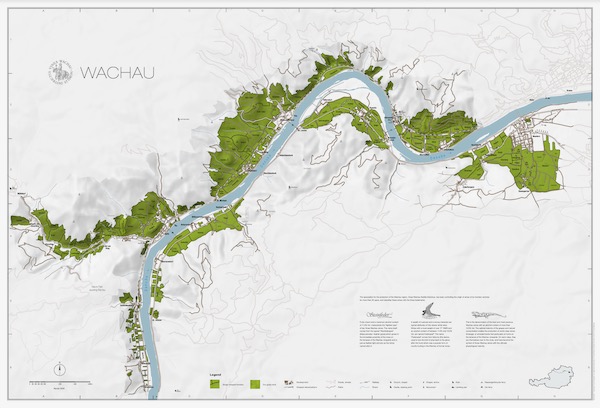
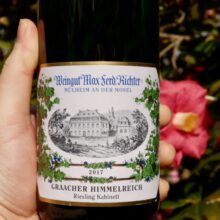

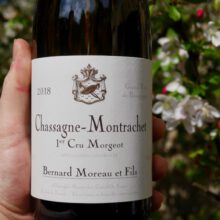
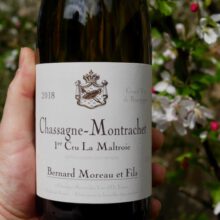
You must be logged in to post a comment.